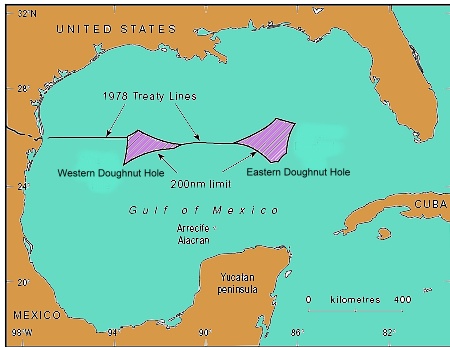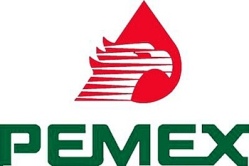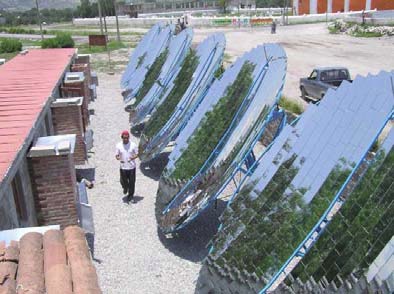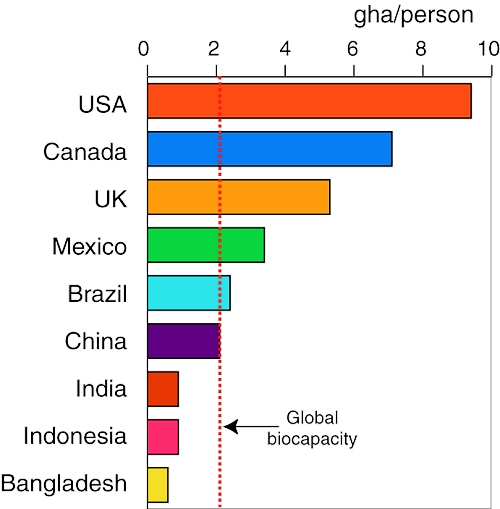Mexico recently approved the most significant energy reforms since the nationalization of the oil industry in 1938. The reforms end the 75-year monopoly over the energy industry enjoyed by state oil giant Petroleos Mexicanos (Pemex), opening the way for private investment in petroleum exploration and production.
The proposals do not allow foreign ownership of mineral or oil resources, but do allow private sector firms to participate in refineries and distribution networks, as well as sign profit-sharing contracts with state oil giant Pemex and the Federal Electricity Commission. The reforms include a revised tax regime for Pemex, the world’s fifth-leading oil producer, and its reorganization into two subsidiaries.
Mexico’s oil production has risen recently to 2.5 million barrels/day (b/d) and is expected to reach 3 million b/d by 2018.
The Mexico-USA Transboundary Hydrocarbons Agreement (THA) has been approved by senators in Washington. The accord allows both countries to explore and develop crude reserves that straddle their exclusive economic zones in the Gulf of Mexico. It establishes “an environmentally safe and responsible framework to explore, develop, and share revenue from hydrocarbon resources that lie in waters beyond each country’s exclusive, economic zones,” according to White House National Security Council spokesperson Caitlin Hayden.
The American Petroleum Institute has hailed the possibility of Mexico-USA joint projects in the Gulf of Mexico. The reserves in the maritime boundary region are believed to total more than 170 million barrels of oil and 15 million metric tons of natural gas, according to the U.S. Department of the Interior’s Bureau of Ocean Energy Management.
Related posts:
- Mexico and USA sign agreement for development of Gulf of Mexico oil reserves (Feb 2012)
- Mexico and USA talk about oil rights in the Gulf of Mexico’s “Western Doughnut Hole” (Nov 2010)
- Gulf of Mexico energy reserves: updates in Mexico’s oil and gas sector
- Why does Mexico, an oil producer, need to import refined petroleum products?
- How much longer will Mexico be an exporter of oil?



